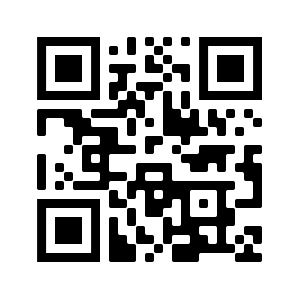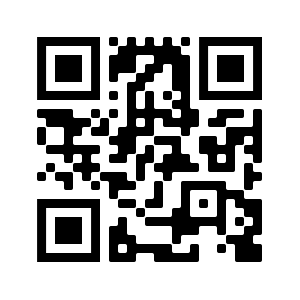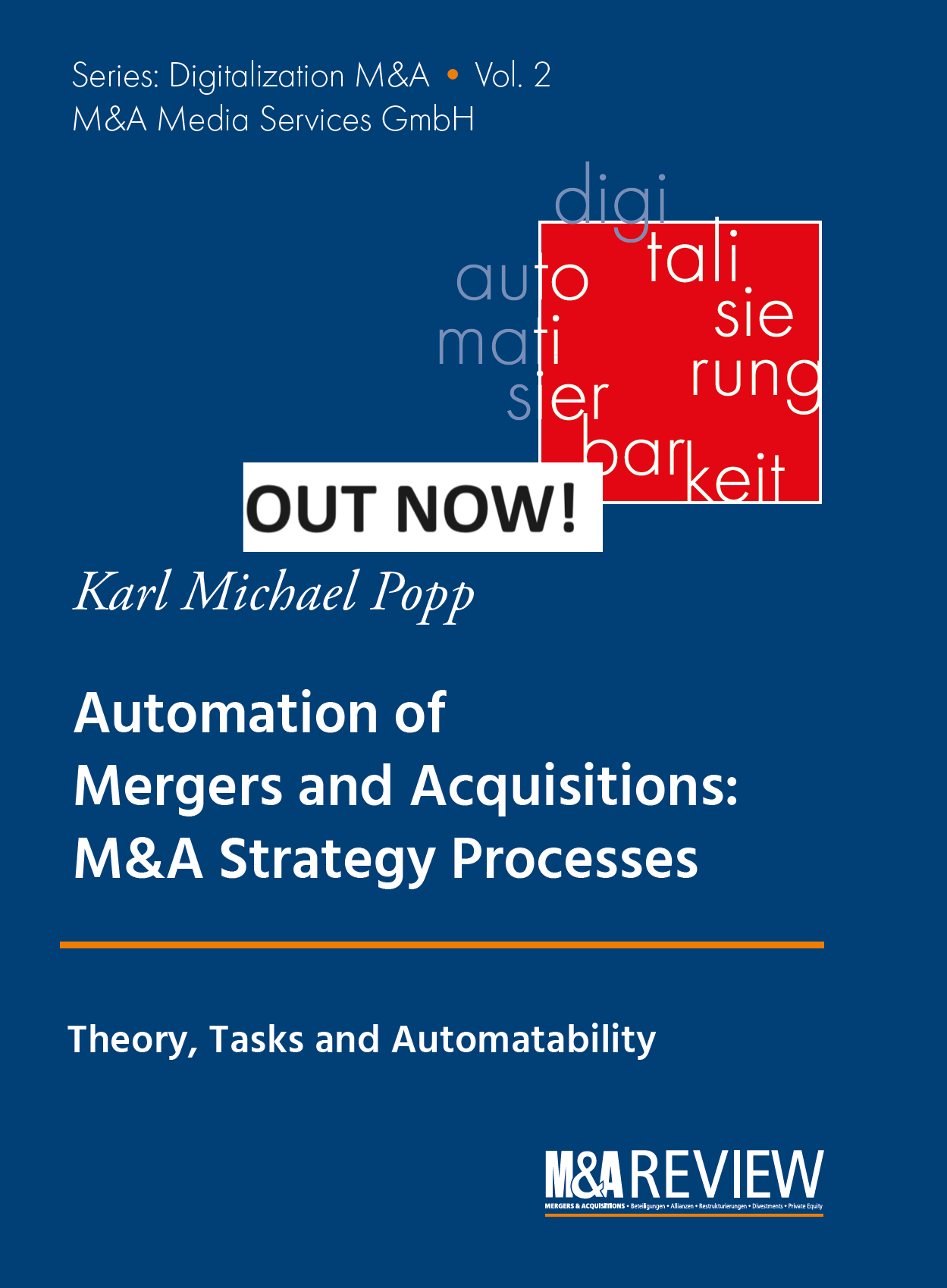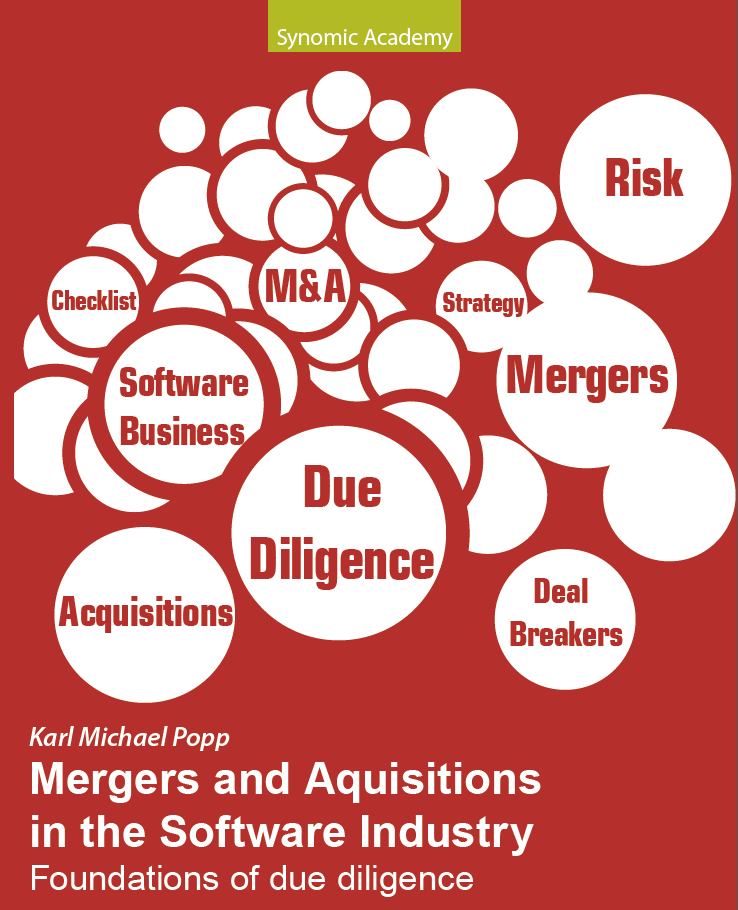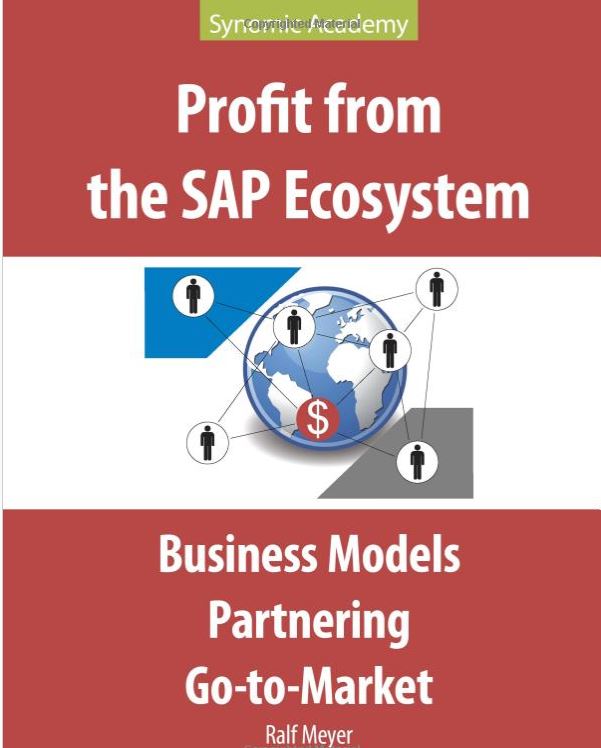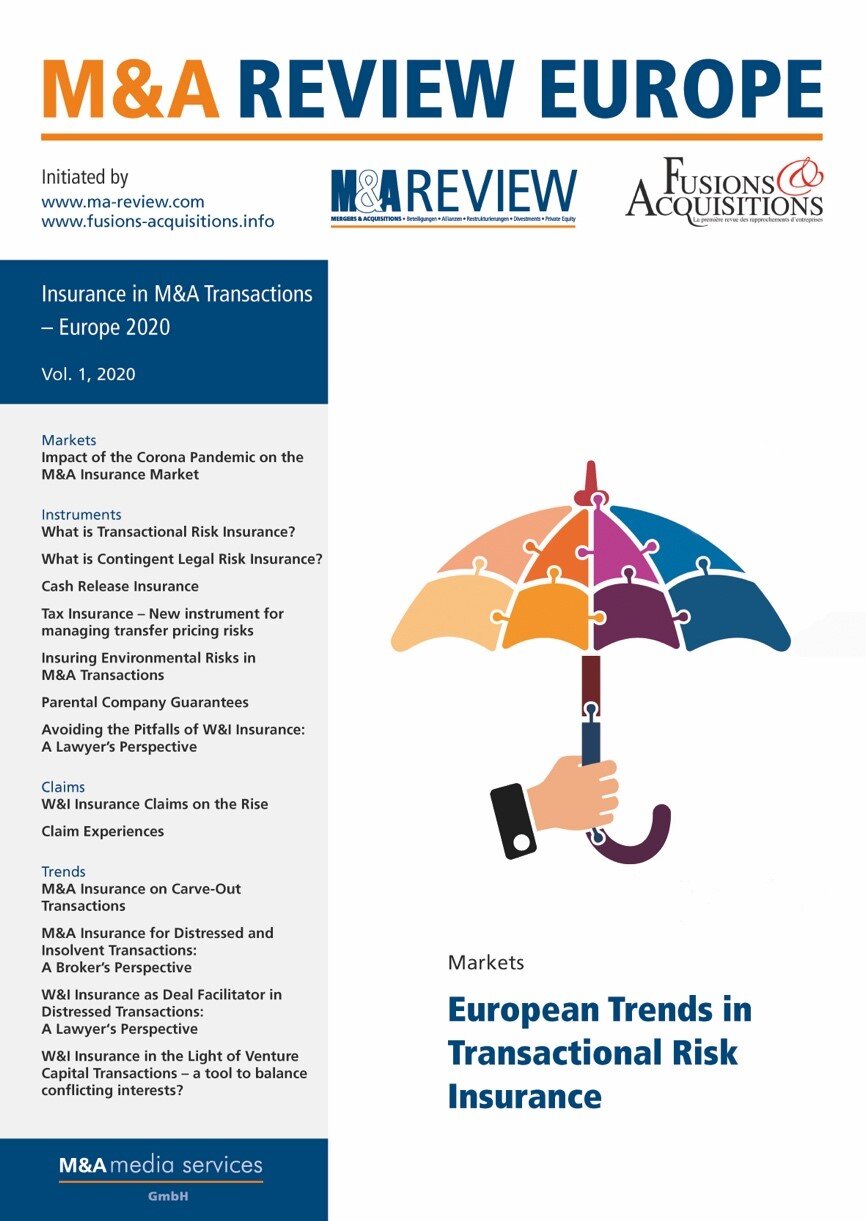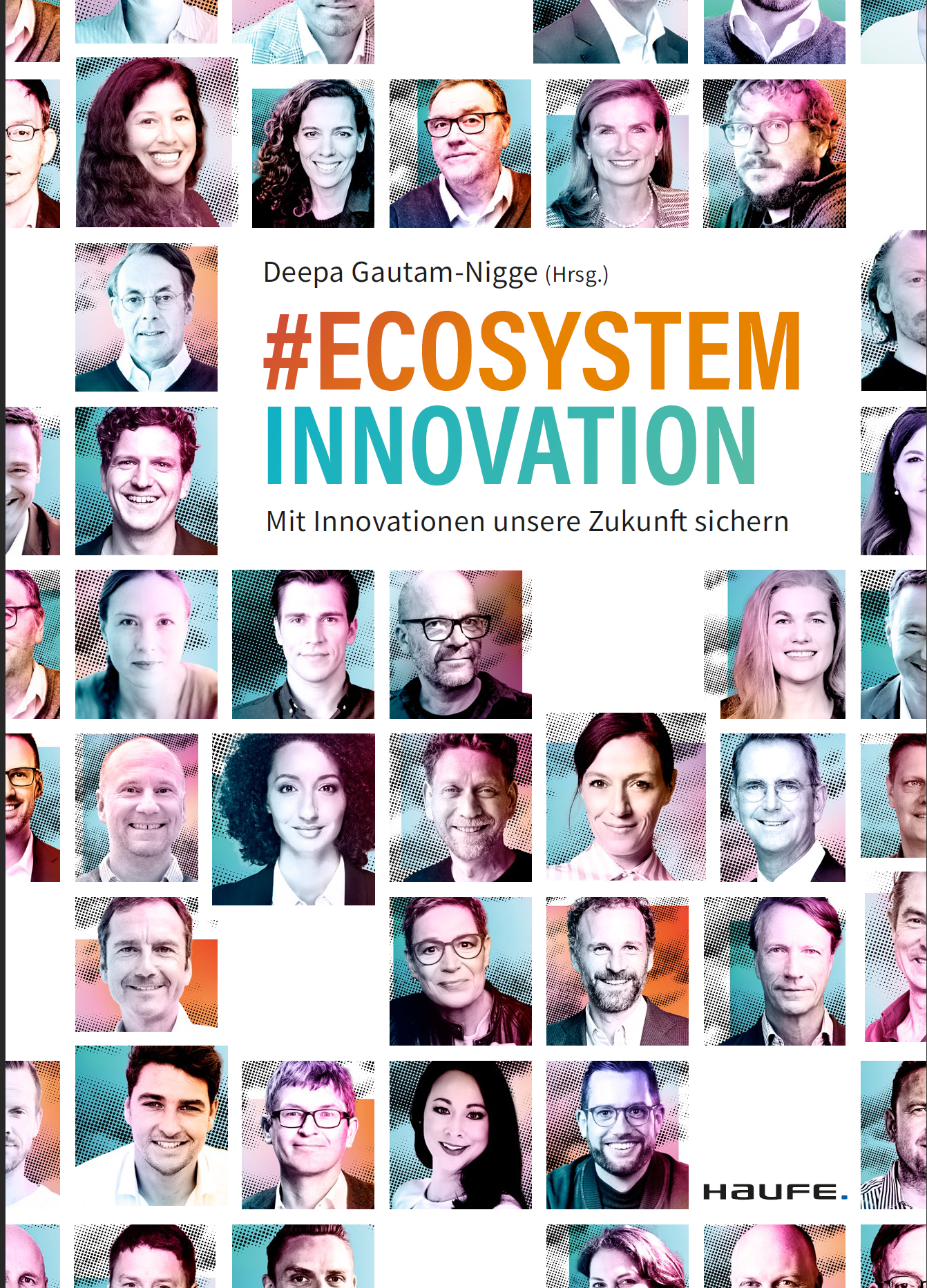M&A automation: 50 technologies to be used within the M&A process
50 technologies for the M&A process
There is a challenge for M&A professionals: they often do not know all technologies that are available and could make their lives easier. This is why I defined a large set of technologies that are applicable to different tasks in the M&A process. By doing that, we can show which tools use which technologies and the distribution of tech-nologies along the tasks of the M&A process.
The attributes are defined as follows:
Advanced analytics
Advanced analytics use non-descriptive statistical methods like estimation or inter-polations or decision-support.
Detection of patterns
Pattern detection is the ability to identify patterns within data.
Detection of anomalies
Anomaly detection is the ability to automatically identify anomalies in data, like e.g. outliers within a distribution.
Articles
Articles are excerpts from books, blogs or other publications on the subject matter.
Augmented analytics
Augmented analytics are analytical functions that automatically provide back-ground information from internal or external sources related to the task at hand.
Automatic blackening of documents
If critical parts of documents can be blackened without human intervention, we call this automatic blackening.
Automatic identification of missing data
One important issue in M&A is missing data. If a tool allows to find missing data without human intervention we call this automatic finding of missing data.
Automatic summarization
If several original documents can be summarized into one document and the result-ing document is shorter than the sum of the original documents we call this auto-matic summarization, if this summarization is happening in a fully automatic fash-ion.
Automatic translation
Translating a text or a document into another language by a machine is called au-tomatic translation.
Background information
Background information is real data from sources inside or outside of a company that helps to understand and analyze the subject matter.
Chat
Chat is a tool functionality that allows ad hoc written interaction between two users of a tool
Collaboration rooms
Collaboration rooms are electronic spaces where people can interact electronically with each other like sharing documents, co-creating content and communicating with each other.
Data privacy and protection
Laws in different countries enforce certain rules regarding the access to and the protection of personal identifiable information. The impact of these laws are sum-marized using the term data privacy and data protection.
Data security
Data security ensures that data can only be accessed by authorized people.
Audit trail
A data store with audit trail writes and keeps logs of any activity of users with the data residing in the data store.
Disambiguation
Disambiguation selects one of the many posssible meanings of a term.
Document classification
Automatic classification means that documents are categorized using metadata or content of such documents.
Document redlining
Document redlining means that a tool offers markup of changes done in a docu-ment.
Document versioning
Document versioning provides the history of documents and allows to see each of the past versions.
Sole access in EU countries
EU access means that data are stored within the European union and only tool vendor personell located in the EU has access to the data.
Forensic search
Forensic search allows to traverse existing databased on semantic relationships between entities contained in documents or data.
Help technology
Help is content to support the user to execute a task with the tool at hand.
Supported hyperscalers
This attribute tells which hyperscalers can be used.
Data integration features
Data integration is the ability of a tool to integrate data from various data sources.
Intelligent assistants
Intelligent assistants that are attentive to a user, understand the context and inten-tion of the user and provide help for the user to execute the task.
Knowledge graphs
Knowledge graphs are semantic representations of a domain in the form of a graph. The nodes and edges of the graph represent semantic concepts of the domain.
Multi-language capabilities
Multi-language capability is the feature of a tool to provide a UI and functionality in different languages.
Other applications of machine learning
This attribute collects all other ways to use machine learning in tools which are not covered by the other machine learning attributes.
Playbooks
Playbooks are predefined documents that tell how tasks are executed.
Task-specific questions or questionnaires
Questions are requests for information needed to fulfill the task at hand. Questions are often listed in sequence as questionnaires.
Real-life examples
Real life examples are content relating to a task that come from practitioners and report about experiences in executing the task in real M&A projects.
Robotic process automation
Robotic process automation allows users to describe and execute workflows.
Sample content
Sample content are documents relating the the task at hand.
A seamless experience between tasks
Seamless experience is the requirement to execute one or more tasks without having to switch between different tools.
Seamless integration with other tools
Seamless integration means that there is no manual intervention needed if a switch between tools is needed.
Secure file viewer
To avoid data loss or leakage
Security audit trail
A security audit trail exists if a tool records all security-relevant activities and pro-vides the sequence of such activities together with the information on who did what.
Semantic interpretation of data
Semantic interpretation means that data, e.g. pictures or strings or numbers, auto-matically get a semantic meaning assigned.
Semantic search
Semantic search allows to search data by their semantic interpretation.
Analytics
Simple analytics are descriptive statistics and their visualizations.
Search function
If you can search for a sequence of words and find them in different documents, this is called simple phrase search.
Speech generation
Speech generation is the ability of a tool to convert text into spoken language.
Speech recognition
Speech recognition is the ability of a tool to convert spoken language into text.
Task-specific training
Task training is content provided to enable the user to execute the task at hand, independent of tools.
Telephony
Telephony is making audio calls via a tool.
Tool-specific training
Tool training is content provided to enable the user to execute the task with a certain tool.
User assistance
User assistance is the sum of all tool functionality that helps the user execute his task with a tool.
Virtual meetings
Virtual meetings are meetings which are conducted using a tool. The tool connects and allows communication between team members in different locations.
Watermarking
Watermarking is placing a signature into documents, often onto each page. Water-marking can be used to establish an audit trail.
Whiteboarding
Whiteboarding is a jointly edited document which can be changed by several users in parallel.
This relates to my new book “Automation of Mergers and Acquisitions“.
CLICK OR SCAN THE QR CODE TO ORDER THE BOOK
